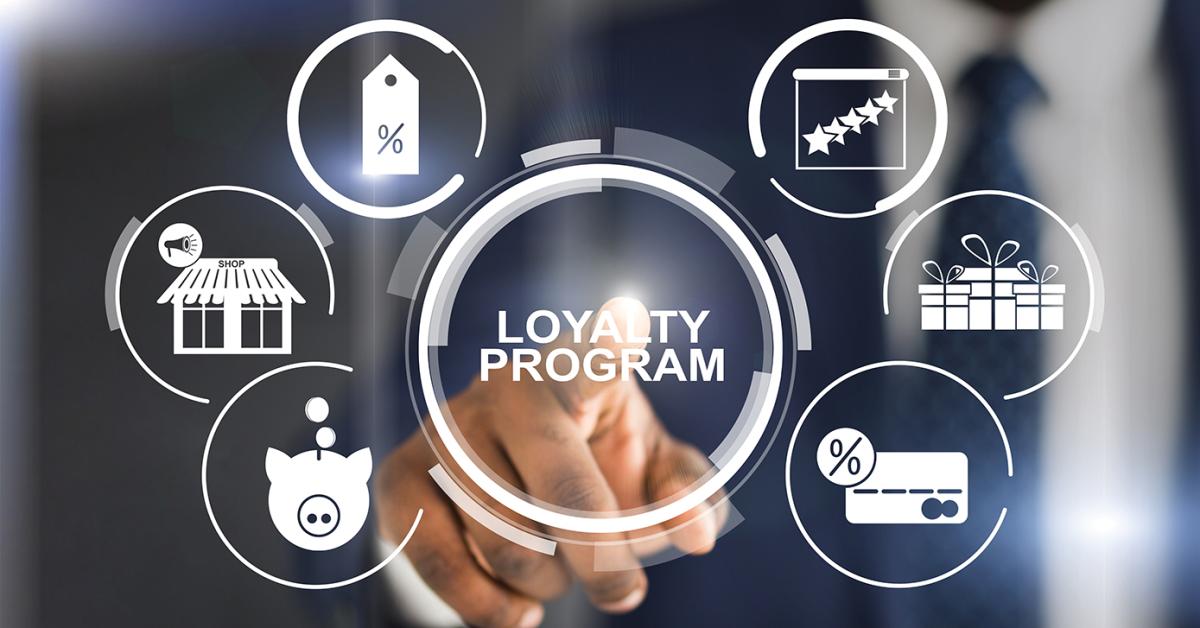CHICAGO — Dry cleaners who express their appreciation to their regular customers with loyalty programs can build loyalty with them to keep them coming back. These efforts, however, need to be created in such a way that makes economic sense for all parties and can be consistently applied to each transaction.
In Part 1 of this series, we explored how loyalty programs have evolved over the years and the reasons why properly thought-out programs are successful. In Part 2, we looked at structuring successful loyalty programs and ways to measure their effectiveness.
Today, we’ll conclude by examining some unexpected benefits that such programs can bring to a cleaner’s business, along with advice on implementing these efforts.
Unexpected Benefits
Beyond customer retention, loyalty programs can yield additional advantages for drycleaning operations.
For Brian Butler, president of Dublin Cleaners in Columbus, Ohio, one significant benefit is the ability to maintain contact with delivery customers.
“If there’s no one home, you never get to talk to anyone,” he says. “Because our business is probably two-thirds route and only one-third counter, I wanted a way to interact with those route customers. Now, we have the ability to interact with them through these devices.”
Butler says his program also provides a way to objectively value his base.
“Customers are terrible at estimating their own value in terms of how much they spend and how valuable they are to our business,” he explains. “They have wildly inaccurate views of that. So, this system is where money talks and you-know-what walks.”
For Carlyn Parker of Dependable Cleaners, based in the greater Boston area, her company’s loyalty program has improved operational efficiency.
“When they sign up for the loyalty program, they also get the VIP bag,” she says. “When they use the bag, it really helps us to balance out the work. When they have a bag, they just drop it off and we don’t have to write it up, detail it, or put barcodes on the clothes right then. So, it helps us with our labor by not having to have so many people in every morning.”
Another benefit, Parker has found, is increased order size: “By using the VIP bag with our loyalty program, it creates people dropping off more pieces. Somebody might carry in two or three pieces, but somebody with a VIP bag may bring in four or five pieces.”
Joe Ziccarelli, president of Owl Cleaners in the Pittsburgh region, sees his program of awarding customers a $20 store credit certificate after earning 250 points as a way to enhance the customer experience.
“It gives you a nice way to let them know you appreciate them,” he says, “and $20 is something really positive. It can break up the tedium of a normal service transaction.”
Balancing Customer Satisfaction and Profitability
Finding the right balance between rewarding customers and maintaining profitability is a key consideration for any loyalty program.
This means structuring rewards in ways that encourage profitable behavior, according to Butler.
“You build it objectively — it’s not prejudicial,” he says. “It accumulates points however you want, more for some services, less for others, and then it rewards them when they’ve reached a certain level. We make them aware that, for example, rugs, bedspreads and some of these larger-ticket items earn more points per dollar. And when they ask why, we explain that we make a better living on those than we do on shirts.”
Parker emphasizes the importance of financial sustainability when coming up with a program.
“Don’t try to overcomplicate it,” she says, “and make sure it works economically for you. When we were doing the 50% off, it was almost too rich. Now that we’ve gone to $10 off, we’ve lowered the threshold of how many points they had to have. It also costs us less money.”
Loyalty Now and in the Future
As loyalty programs continue to evolve, dry cleaners should monitor their programs to make sure they are hitting their intended targets.
For now, Butler is satisfied with his current approach.
“I’m pretty happy with where it is,” he says, “because customers have their choice of how to use the program, and they’re made aware when they hit their number and get their prize. It’s finally where I wanted it to be.”
Meanwhile, Ziccarelli is exploring new features. “We’re thinking of possibly doing ‘double points’ weeks or months to change up the program,” he says. “We’re also considering an option to donate points to charity versus the monetary reward.”
Advice for Implementation
For dry cleaners considering implementing or revamping a loyalty program, Ziccarelli’s advice is succinct: “It’s a necessary aspect of customer retention. You should automate as much as possible to ensure it always gets done. Rewards need to be sporadic for maximum psychological impact.”
Parker emphasizes simplicity and finances: “Don’t try to overcomplicate it, and make sure it works economically for you.”
Butler highlights the efficiency of modern systems: “It’s baked into our POS, so there’s no labor or overhead cost to monitor it, so what do we have to lose?”
Engagement is Key
When properly structured and implemented, loyalty programs can effectively balance customer satisfaction with business profitability.
Butler believes that, ultimately, customer engagement is the key factor for success.
“It’s important that they are engaged in the program somehow,” he says. “With what we have now, you get a push notification that says, ‘Congratulations! We appreciate your business. Click here for one of your garments to be free on the next order.’ If you don’t click on it, you must not care and we don’t discount it. It doesn’t cost me anything. If you do click on it, you probably appreciate it.”
For Part 1 of this series, click HERE. For Part 2, click HERE.
Have a question or comment? E-mail our editor Dave Davis at [email protected].






















































